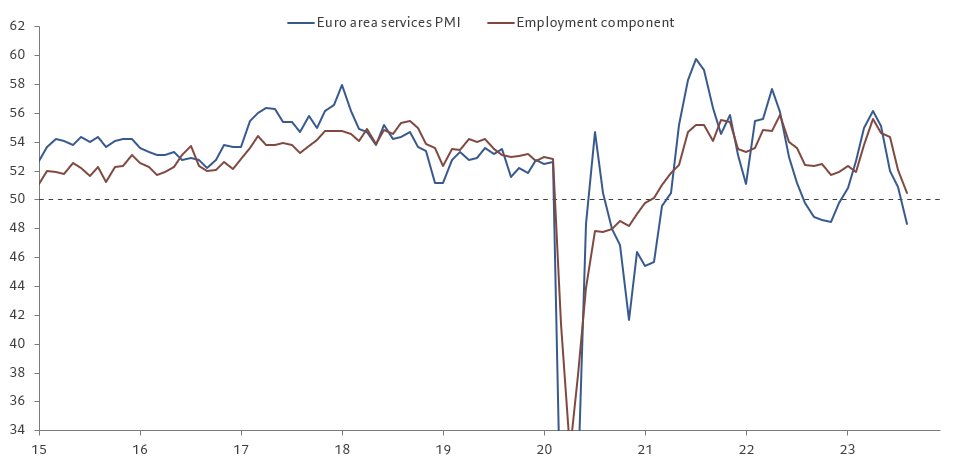This must be the most comprehensive, fascinating review of the ECB’s foundations and policies that has ever been produced. It will take some time to digest indeed, but here are a few highlights on my side. (1/n)
https://twitter.com/ecb/status/1207651748149641217
The authors' broad framework is one of “two regimes”, helping to (re)think ECB policies and the effects of the debt/institutional crisis, in particular. (2/n)
https://twitter.com/ecb/status/1207651751152816128
I'll leave the foundations for another day, but it surely provides the starting point for the upcoming strategy review.
As for the future, well now there's a speech for that. (3/n)
As for the future, well now there's a speech for that. (3/n)
https://twitter.com/fwred/status/1207261249513410562
All the way through the crisis, there's a section dedicated to one of Draghi's most important speeches, in Amsterdam in 2014, which "he turned into an act of transparency and disclosure about the contingent plans themselves, unprecedented for an institution like the ECB." (4/n)
Amsterdam provided the basis for the Asset Purchase Programme (the third contigency), but also for a "modular" strategy comprised of complementary policy tools. (5/n)
The authors then discuss the conditions that led to Draghi's equally important speech in Jackson Hole on 22 August, reflecting on the concepts of “inflation gap”, “missing stimulus”, and the drift lower in inflation expectations. #5y5y (6/n) 

Obviously, the #WhateverItTakes moment is also well worth a read: an emergency ECB meeting on Sunday 17 June; a blueprint for OMT; Draghi's "off-the-cuff remarks" and #bumblebee analogy; and the reaction in the room with everyone staring at their phones. (7/n) 

Looking forward to the strategy review, the study provides important thoughts in section 6 ("A combined-arms strategy"), including about the cost and side-effects of ECB policies. (8/n)
The most striking part on side-effects is about the reversal rate, which "might not be in sight for still quite a while". Indeed, the authors' analysis suggests that the reversal rate is below -1% in the euro area (the lowest rate they use in their assumptions). (9/n) 

In the end, this a crucial review at a crucial time. Let's hope that the @ecb makes the best of it next year. (10/10)
• • •
Missing some Tweet in this thread? You can try to
force a refresh


















